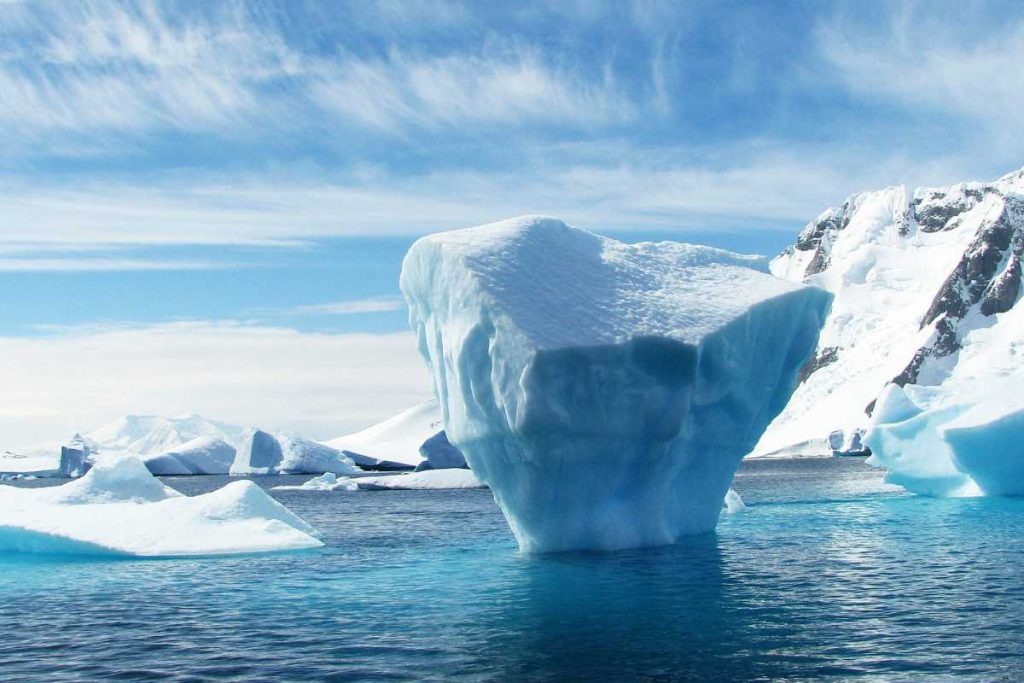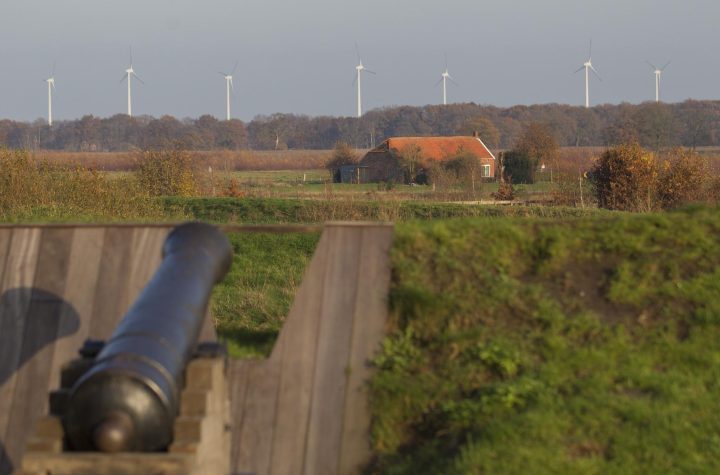It is a symptom of climate change that can also amplify global warming.
Cryosphere is a collective name for all areas of the Earth in which water is present in the form of snow, ice (sea) or permafrost. It is clear that the cryosphere is suffering from climate change. Several studies have shown that glaciers are shrinking. There are also several studies that indicate the ice sheets are shrinking. However, other studies have revealed that sea ice is disappearing.
Cryosfeer
But in all of those previous studies, researchers focused on a specific part of the cryosphere. For example: Greenland ice sheet or Arctic sea ice. The impact of climate change on the entire cryosphere has not been examined. New study – published in the journal Earth’s future – It changes, though.
In the study, the researchers revealed that between 1979 and 2016, the cryosphere shrank at a rate of 87,000 square kilometers each year. For comparison: The Netherlands has an area of about 41,500 square kilometres. “The cryosphere is one of the most sensitive indicators of climate and the first to show that the world is changing,” said study researcher Xiao Qingping. “Change in scale reveals massive global change.”
Northern Hemisphere vs Southern Hemisphere
The cryosphere appears to be decreasing significantly, especially in the northern hemisphere. There, the cryosphere was shrinking by about 102,000 square kilometers each year. The loss in the Northern Hemisphere is offset slightly by the gains in the Southern Hemisphere, where the cryosphere is expanding at a rate of 14,000 square kilometers each year. Growth there occurs mainly in the Ross Sea around Antarctica. According to the researchers, the increase in sea ice there is due to wind patterns, ocean currents, and the fact that cold meltwater from the Antarctic ice sheet is being added to the water.
Did you know…
… the cryosphere is home to three-quarters of Earth’s fresh water?
The research shows not only that the cryosphere is shrinking. The data also reveals that many areas are frozen for shorter periods of time. Today, the first frost day comes on average 3.6 days after 1979. The snow now melts about 5.7 days before 1979.
direction
That the cryosphere is subject to change is not new. For example, we see that the volume of the cryosphere changes naturally across the seasons; In winter the cryosphere expands, then shrinks again in summer. But what researchers are now seeing is a long-term trend, as the average annual volume of the cryosphere has decreased since 1979. This decrease coincides with rising temperatures and can therefore be traced back to global warming.
Not just a show
But the researchers stress that cryosphere shrinkage is not just a symptom of anthropogenic warming. Reducing the volume of the surface covered by ice or snow can contribute to increased warming. Ice and snow reflect sunlight and heat and thus cool the planet. But when the ice or snow disappears, a much darker surface is exposed to absorbing sunlight and heat. This can (locally) lead to higher temperatures and therefore more melting.
In the future, data from this study can be used to determine at what time of year the ice cover and ice cause the Earth’s surface to reflect the most sunlight. It may also be possible to study how changes in albedo (the reflection of the Earth’s surface) on a monthly or seasonal basis affect the climate. In addition, it is also possible to investigate how climate change will affect the cryosphere in the coming years and what impact this will have on local ecosystems.

“Coffee buff. Twitter fanatic. Tv practitioner. Social media advocate. Pop culture ninja.”











More Stories
In the German border area with Groningen and Drenthe, much more space is provided for wind turbines
Utrecht PAS correspondents are given priority at the Nitrogen Bank
Adima responds to farmers’ letters: “The exception has not been waived” | agraf.nl